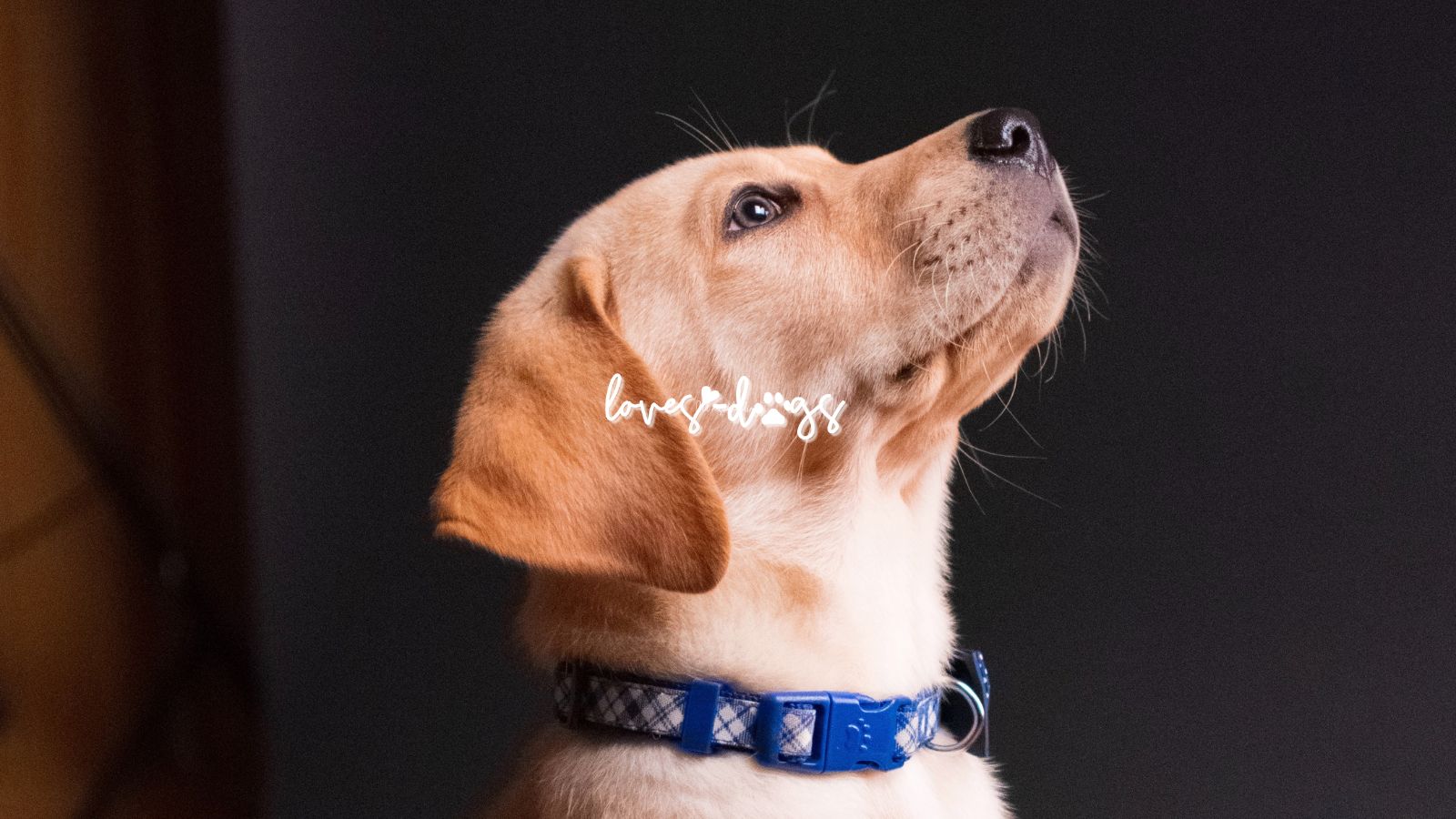
Bringing home a new puppy is an exciting and joyous experience. However, ensuring that your furry friend grows up to be a well-behaved and happy dog requires consistent training and positive reinforcement. In this comprehensive guide, we’ll explore effective techniques to positively reinforce good puppy behavior. By following these methods, you’ll strengthen your bond with your pup and set them on the path to becoming a well-rounded canine companion.
Understanding Positive Reinforcement
Positive reinforcement is a training technique that rewards desired behaviors to encourage their repetition. It focuses on rewarding your puppy for exhibiting good behavior rather than punishing them for misbehavior. This approach helps create a positive association with desirable actions, making learning enjoyable for your furry friend.
Establishing a Solid Foundation
- Start Early: Begin training your puppy as soon as you bring them home. Puppies have an incredible capacity to learn and adapt during their early developmental stages.
- Consistency is Key: Establish clear rules and expectations from the beginning, and ensure that everyone in your household follows them consistently. This will prevent confusion and help your pup understand what is expected of them.
- Use Positive Reinforcement Techniques: Reward your puppy with treats, praise, and affection whenever they exhibit good behavior. For example, if they sit when asked, offer a treat and enthusiastic praise to reinforce the action.
Effective Positive Reinforcement Techniques
- Clicker Training: Use a clicker—a small device that emits a distinct sound—to mark desired behaviors. Pair the clicker sound with a treat or praise to create a positive association. Eventually, the clicker alone will serve as a reward for your puppy.
- Treat Training: Offer small, easily consumable treats as rewards for good behavior. Choose treats that your puppy finds highly motivating, and reserve them exclusively for training purposes. This will make them more valuable and increase their effectiveness as rewards.
- Verbal Praise: Dogs thrive on positive attention and verbal praise. Use an upbeat and enthusiastic tone to show your appreciation when your puppy follows commands or exhibits desired behavior. Pairing the praise with physical affection, such as petting or belly rubs, enhances the impact.
Reinforcing Specific Behaviors
- House Training: Praise your puppy with treats and verbal encouragement every time they eliminate in the designated spot. Avoid scolding or punishing accidents, as this can create anxiety and hinder progress.
- Leash Training: Reward your puppy with treats and praise for walking calmly on a leash without pulling. Stop and give them attention when they behave appropriately, reinforcing the desired behavior.
- Socialization: Expose your puppy to various environments, people, and other dogs early on. Reward their calm and friendly interactions with treats and praise, promoting positive associations with new experiences.
Troubleshooting Common Challenges
- Redirecting Undesirable Behaviors: Instead of scolding or punishing your puppy for inappropriate behavior, redirect their attention to an acceptable alternative. For example, if they start chewing on furniture, give them a chew toy and praise them for using it.
- Patience and Persistence: Remember that training takes time and patience. Stay consistent, reinforce positive behaviors continuously, and avoid getting frustrated. Celebrate small victories and maintain a positive attitude.
- Seek Professional Help if Needed: If you’re struggling with specific training challenges or if your puppy’s behavior is causing concern, don’t hesitate to seek guidance from a professional dog trainer or behaviorist.
A Powerful Tool That Will Help You and Your New Puppy
Positive reinforcement is a powerful tool for shaping good puppy behavior. By using consistent training techniques and rewarding your furry friend for their accomplishments, you’ll not only build a strong bond but also help them develop into a well-behaved and happy adult dog. Remember, training should be enjoyable for both you and your puppy, so embrace the process and celebrate the progress along the way.
Photo by Taylor Kopel on Unsplash


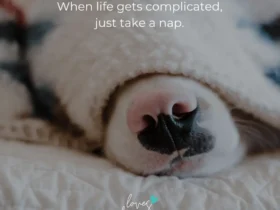

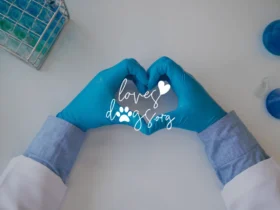


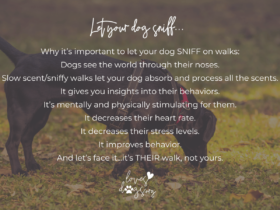
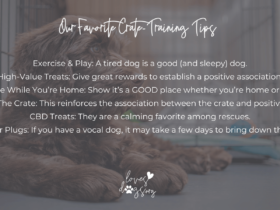
Find Loves Dogs on Social